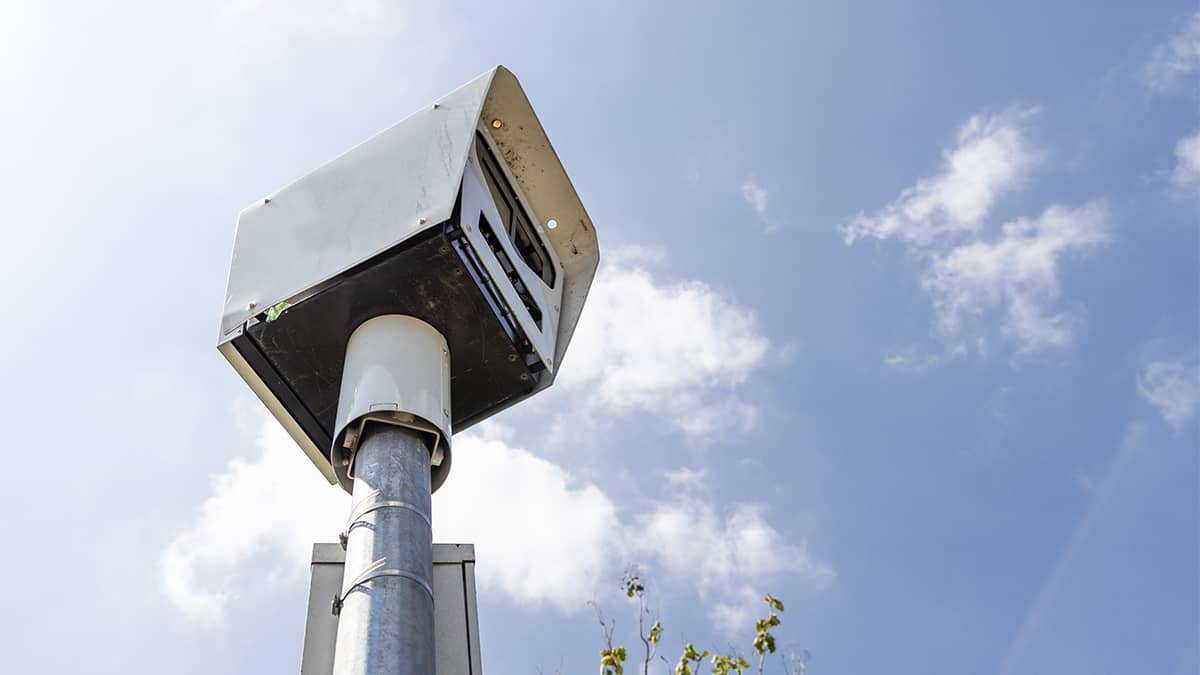When photo radar cameras are rolled out across the region, the one for Wellesley Township will be parked on Lobsinger Line in front of St. Clement Catholic School.
The location was selected by township councillors meeting Tuesday night. Their decision followed the region’s plan to go ahead with the installation of eight sites for automated speed enforcement (ASE) cameras, principally in school zones.
Cameras that automatically track cars speeding through school zones would reduce the possibility of collisions, making the areas safer for pedestrians and cyclists, the region argues in approving the devices, noting that while there hasn’t been a rash of collisions to date, the ASE program is about preventing future incidents.
The region opted to use photo radar in school zones only, though Bill 65, the Safer School Zone act, allows for its use in community safety zones as well. The restricted use is largely due to cost and ease of administration, with the rollout scaled back this year due to budget pressures brought on by the COVID-19 pandemic.
The scaled-back version of the ASE program means just eight camera locations across the region, which Coun. Carl Smit called disappointing.
A report by Chris Cook, Wellesley’s director of public works, noted there were two potential locations for the installation of the ASE. Aside from the St. Clements spot, the other choice was on Queens Bush Road in front of Wellesley Public School. The location on Lobsinger Line was chosen because there is more traffic and a higher speed limit. There have also been many complaints this year alone related to the rate of speed being travelled by drivers.
The Region of Waterloo will take on all responsibilities related to the cost associated with the implementation and maintenance of all ASE sites. Revenue collected by these sites will be retained by the region and all offences will be paid through the region’s provincial offence administrative court system.
Depending on the success of the pilot, more locations may be added in the future.
The ASE cameras are expected to be operational by next spring.








